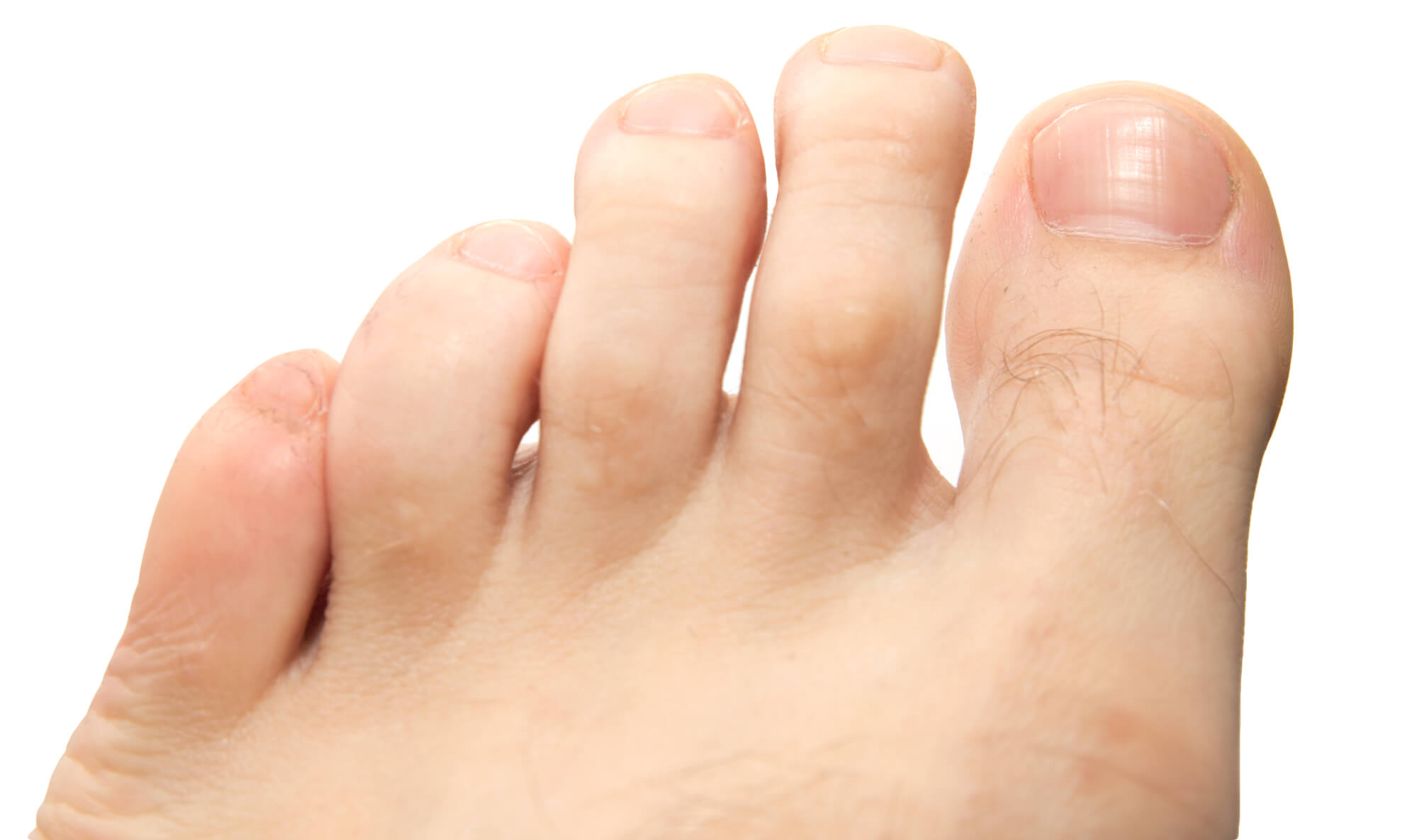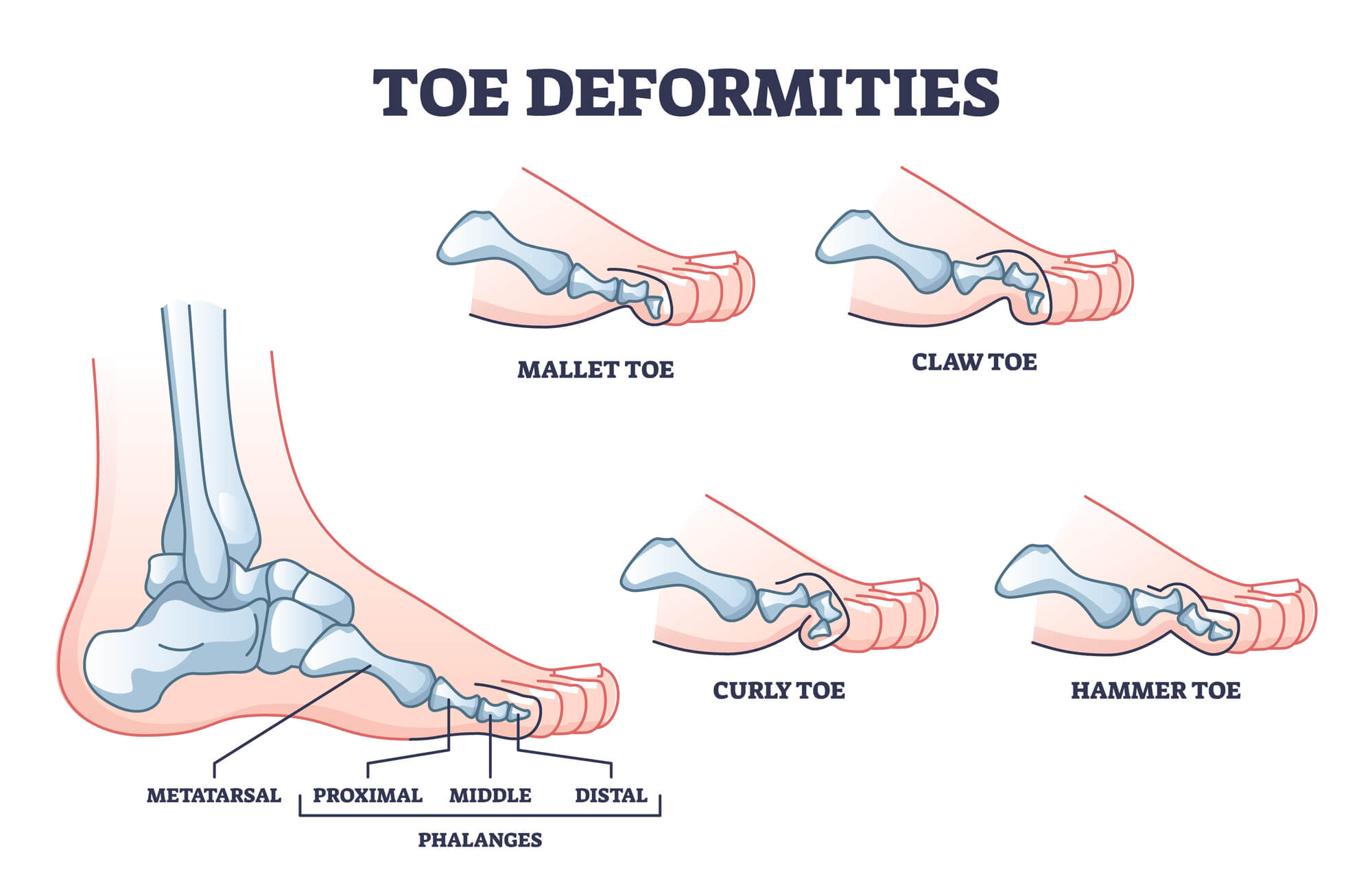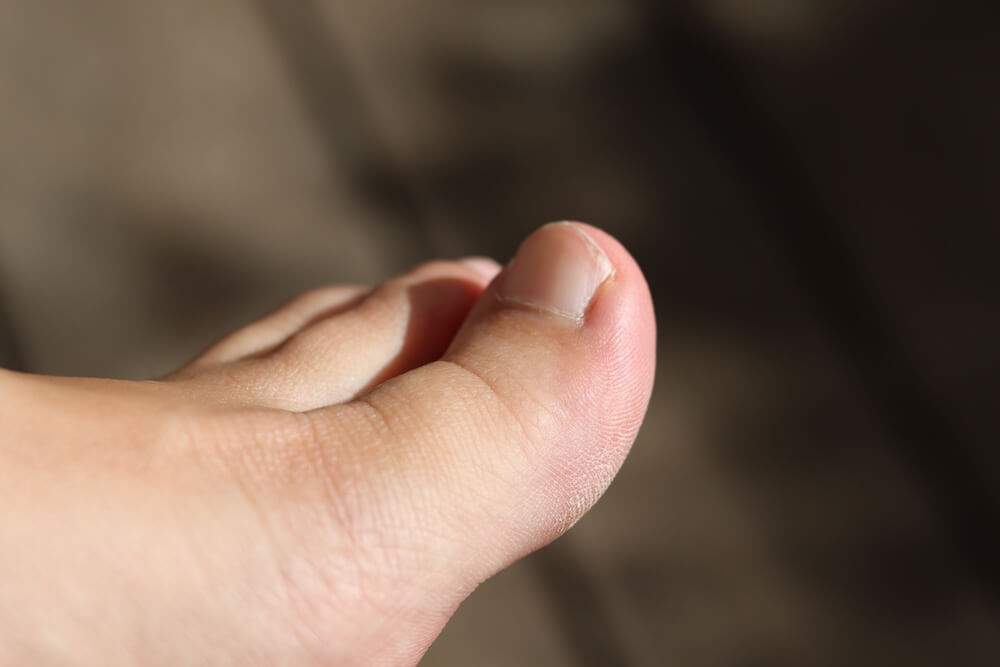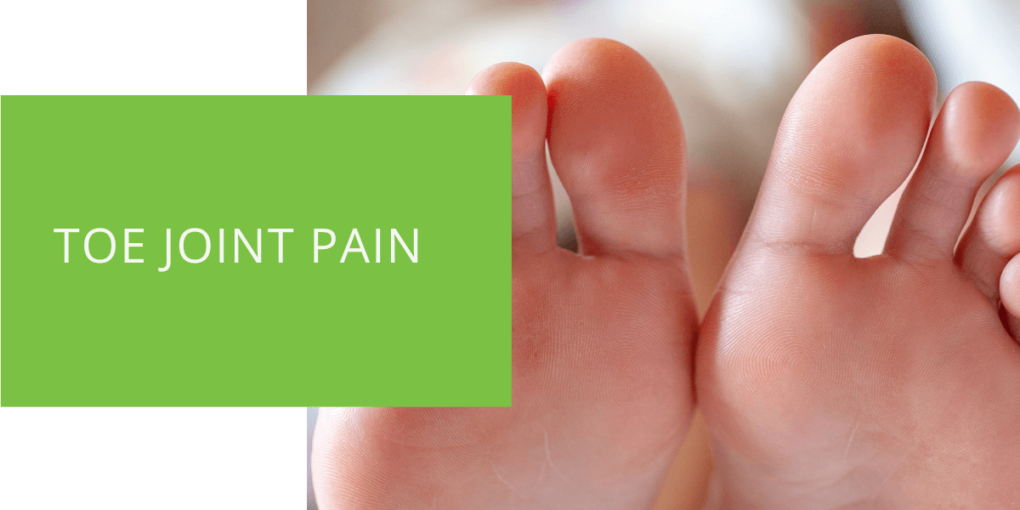Understanding and Managing Toe Joint Pain
Toe joint pain is a common condition that affects many individuals. It can occur in any joint in the toes, but it is most often seen in the big toe joint. Various conditions, including arthritis, gout, and injuries, can cause pain. In this article, we will explore the causes, symptoms, and treatment options for toe joint pain, as well as tips for preventing and managing the condition.
Causes of Toe Joint Pain
Several conditions can cause toe joint pain. Some of the most common causes include:
Arthritis
Arthritis is a common cause of toe joint pain. Several types of arthritis can affect the toes, including osteoarthritis and rheumatoid arthritis. Osteoarthritis is a degenerative condition resulting from joint wear and tears. It can cause pain, stiffness, and a loss of range of motion. Rheumatoid arthritis is an autoimmune condition that causes inflammation in the joints, leading to pain, stiffness, and deformity.

Gout
Gout is arthritis caused by the buildup of uric acid crystals in the joint. It typically affects the big toe joint and can cause severe pain, redness, and swelling. Gout can also cause a fever and chills.
Injuries
Injuries to the toes can also cause joint pain. Sprains, strains, and fractures can lead to joint pain and inflammation. Some injuries that can cause toe joint pain include a turf toe, a sprain of the big toe joint, and a bone spur, a bony growth that forms on the joint.
Hammer, Mallet & Claw Toes
Hammer, mallet, and claw toes cause the toes to become deformed. The toe muscles, tendons, and ligaments are imbalanced and cause the toe to bend and press down onto the shoe. This causes the joint at the base of the toe to rub against the shoe and becomes painful.

Bunions
A bunion is a bony bump that forms at the base of the big toe. It is caused by the big toe pushing against the other toes, leading to the misalignment of the bones in the foot. This can cause pain and inflammation in the big toe joint. In some cases, the bunion can also cause a hammertoe to form.
Cartilage Damage
Damage to the cartilage that surrounds the toe joint can also cause pain. Cartilage acts as a cushion between bones helps absorb shock, and provides a smooth surface for the bones to move against. When the cartilage is damaged, the bones can rub together, causing pain and inflammation.
Overuse or Repetitive Strain
Overuse of the toes can cause pain and inflammation in the joints. This is often seen in athletes who participate in sports that involve a lot of running and jumping, such as soccer and basketball. It is also seen in people who engage in repetitive motions, such as dancing.
Ill-Fitting Shoes
Wearing shoes that do not fit properly can cause pain and inflammation in the toes. High heels, for example, can put a lot of pressure on the toes, causing joint pain and inflammation.

Symptoms of Toe Joint Pain
The symptoms of toe joint pain can vary depending on the underlying cause. Some of the most common symptoms include:
- Swelling and redness in the affected joint
- Stiffness and difficulty moving the joint
- Pain or tenderness in the affected area
- Limited range of motion in the joint
- Cracking or popping sounds in the joint
Diagnosis and Treatment
Proper diagnosis of the underlying cause of toe joint pain is essential for effective treatment. A Podiatrist can evaluate the joint, take x-rays and review the medical history to determine the cause of the pain. Once the cause has been determined, treatment options can be discussed.
Non-Surgical Options
In many cases, non-surgical treatments can effectively manage and reduce toe joint pain. Some of these options include:
- Rest and ice: Resting the affected joint and applying ice can help to reduce pain and inflammation.
- Medications: Anti-inflammatory medications, such as ibuprofen, can reduce pain and inflammation.
- Orthotic devices: Custom-made orthotic devices can help redistribute body weight and relieve pressure on the affected joint.
- Physical therapy: Exercises to improve joint mobility and strength can be prescribed to help reduce pain and improve the range of motion.
- Shoe inserts: Padding or arch supports can redistribute body weight and relieve pressure on the affected joint.
Surgical Options
Surgery may sometimes be necessary to treat the underlying cause of toe joint pain. Some of the most common surgical procedures include:
- Joint fusion: This procedure involves fusing the bones in the affected joint to reduce pain and improve stability.
- Joint replacement: This procedure involves replacing the affected joint with an artificial joint.
- Osteotomy: This procedure involves cutting and repositioning the bone to correct a deformity or misalignment.
- Tendon or ligament repair: This procedure involves repairing or releasing a damaged tendon or ligament to correct a deformity or improve joint stability.

Preventing Toe Joint Pain
Several steps can be taken to prevent toe joint pain. Some of these include:
- Wearing shoes that fit properly: Make sure shoes are the right size and width to avoid putting unnecessary pressure on the toes.
- Stretching and strengthening exercises: Regular exercise can help to improve joint mobility and strength, reducing the risk of injury.
- Maintaining a healthy body weight: Carrying extra body weight can put extra stress on the joints, increasing the risk of pain and injury.
- Avoiding repetitive motions: Repeating the same motions repeatedly can lead to overuse injuries and pain.
- Avoiding high heels: High heels can put a lot of pressure on the toes, increasing the risk of pain and injury.
Conclusion
Various conditions, including arthritis, gout, and injuries, can cause toe joint pain. Treatment options vary depending on the underlying cause but can include rest and ice, medications, orthotic devices, physical therapy, and surgery. It is important to seek the advice of a Podiatrist for an accurate diagnosis and an individualized treatment plan. With the right care, it is possible to manage and prevent toe joint pain.
FAQ
How do you treat toe joint pain?
Treatment for toe joint pain will depend on the underlying cause. Some common treatments include:
- Rest and ice: Applying ice to the affected joint can help reduce inflammation and pain.
- Over-the-counter pain medication: Nonsteroidal anti-inflammatory drugs (NSAIDs) such as ibuprofen can help relieve pain and reduce inflammation.
- Physical therapy: Exercises and stretches can help to strengthen the muscles around the affected joint and improve range of motion.
- Orthotic inserts: Custom-made inserts or shoe inserts can help to redistribute pressure on the affected joint, reducing pain.
- Surgery: In severe cases, surgery may be required to correct any structural issues in the joint.
What are the first signs of arthritis in the toes?
The first signs of arthritis in the toes may include:
- Pain and stiffness in the toes, particularly in the morning or after sitting long.
- Swelling and inflammation in the toes.
- Reduced range of motion in the toes.
- Difficulty walking or standing on the affected toes.
What does an arthritic toe feel like?
An arthritic toe may feel:
- Painful and tender when touched or pressure is applied to the joint.
- Stiff and difficult to move or bend.
- Warm to the touch due to inflammation.
- Weak or unstable.
Can you reverse arthritis in your toes?
Arthritis is a degenerative condition, meaning that it typically worsens over time. While it is not possible to reverse arthritis, early diagnosis and treatment can help slow the disease's progression and improve symptoms.
What does rheumatoid arthritis look like in toes?
Rheumatoid arthritis can cause the following symptoms in the toes:
- Swelling and inflammation in the toes, especially the smaller toes.
- Redness and warmth in the toes.
- Joint deformities, such as hammertoes, occur when the toe is bent at the middle joint.
- Loss of range of motion in the toes.
- Pain and stiffness in the toes, particularly in the morning or after sitting for a long time.

